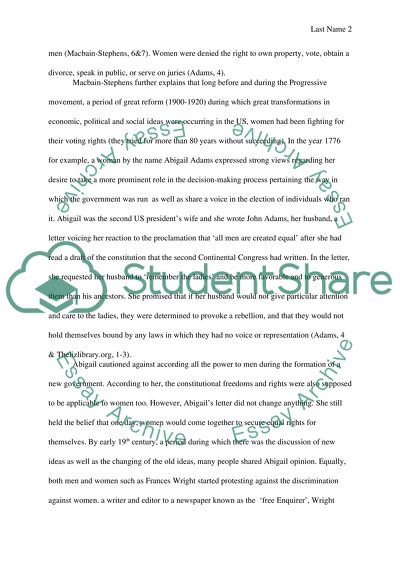Cite this document
(“Women's Suffrage campaigns Research Paper Example | Topics and Well Written Essays - 1000 words”, n.d.)
Retrieved from https://studentshare.org/family-consumer-science/1417940-women-s-suffrage
Retrieved from https://studentshare.org/family-consumer-science/1417940-women-s-suffrage
(Women'S Suffrage Campaigns Research Paper Example | Topics and Well Written Essays - 1000 Words)
https://studentshare.org/family-consumer-science/1417940-women-s-suffrage.
https://studentshare.org/family-consumer-science/1417940-women-s-suffrage.
“Women'S Suffrage Campaigns Research Paper Example | Topics and Well Written Essays - 1000 Words”, n.d. https://studentshare.org/family-consumer-science/1417940-women-s-suffrage.


